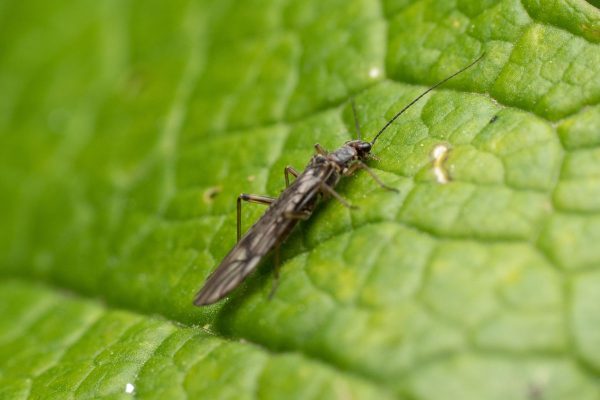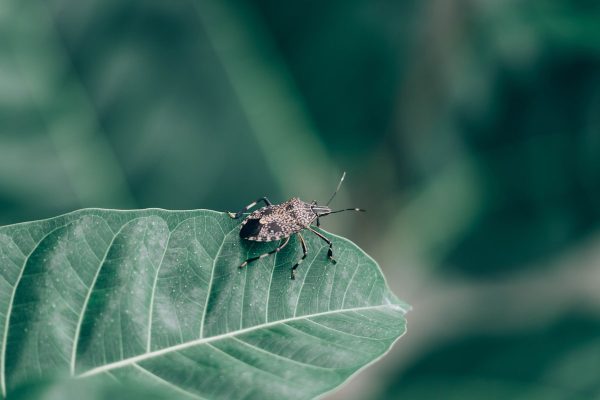Some people find centipedes beneficial because they kill varieties of pests, such as termites, springtails, spiders, flies, and others. However, if you often find centipedes in your home, especially in your basement, it would be best to get rid of them before anything goes out of hand. We conducted thorough research to help you how to do it.
To get rid of centipedes in your basement, you can opt to do or use either of the following:
- Boric acid
- Epsom salt
- Vacuum cleaner
- Hire an exterminator
Now that you already know what you can use or do to eliminate centipedes in your basement, it would be best to keep reading about how to incorporate these in the process. Additionally, reading until the end of the article might answer some of your additional questions. Please read on and enjoy!
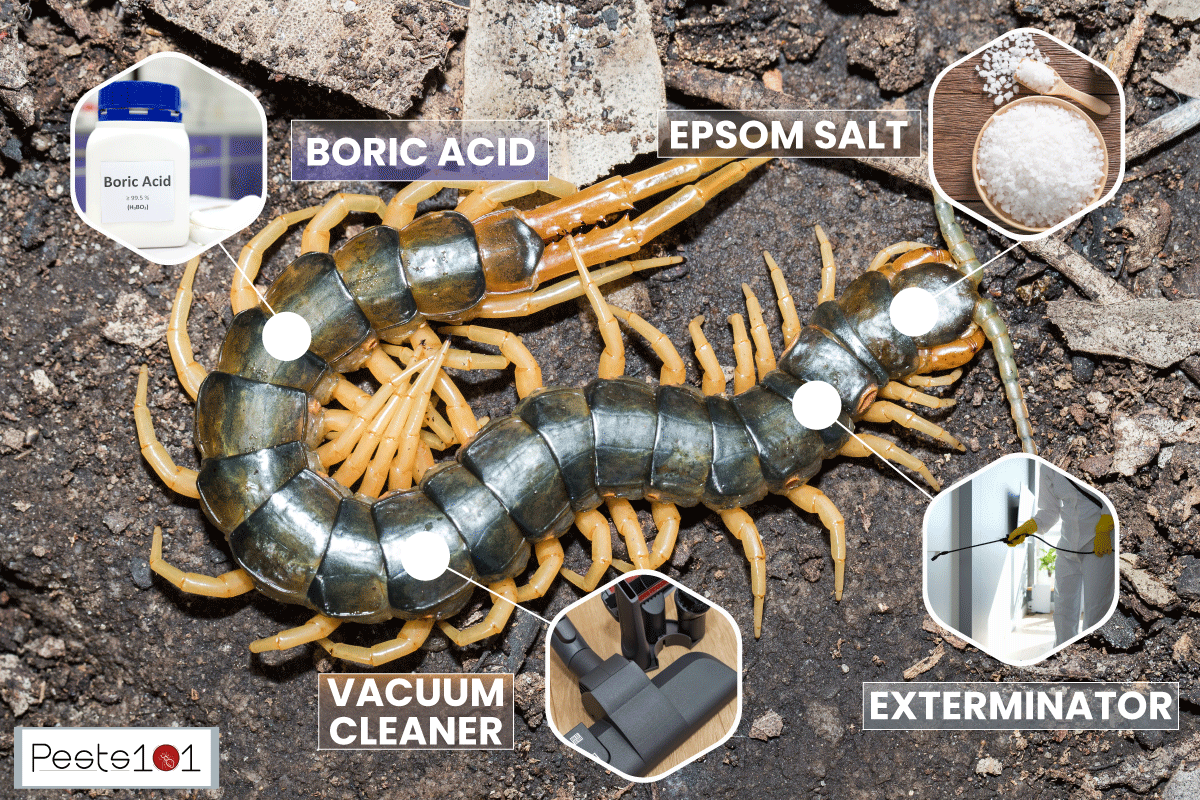
How To Eliminate Centipedes In The Basement?
For centipedes, the best place to stay in a house is the basement, followed by the ground floor. They rarely explore the top floors of a house. The very key to getting rid of centipedes is to control the possible locations they might live in.
Rather than killing centipedes, some people advise removing them. Depending on the degree of infestation in the home, you can use the following procedures to fend against or destroy centipedes.
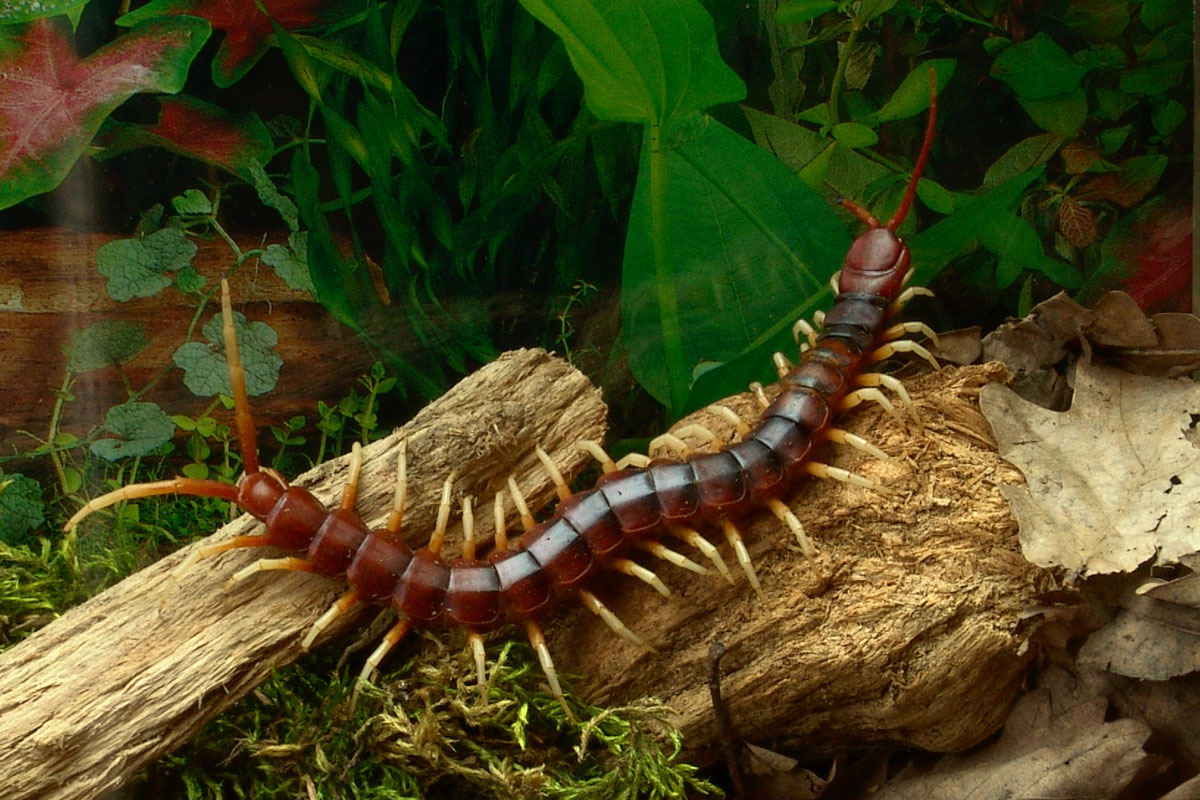
1. Boric Acid
Boric acid is a great way to eliminate centipedes in your basement. You can get rid of the majority of pests present in your home with boric acid. You can use it simply by following the manufacturer's guidelines on the product label.
Check out this Boric acid on Amazon.
2. Epsom Salt
One mineral you can employ to deter centipedes is Epsom salt. This salt's magnesium and sulfur levels set it apart from table salt. With the proper dosage, it eradicates centipedes.
Spraying Epsom salt on centipedes involves combining it with water at one cup to five gallons. They will either die from this immediately, within a short period, or after a few days.
The secret is to apply enough of the water-Epsom mixture so that centipedes will flee since they will try to run away as quickly as possible.
It would be best to use Epsom salt only as directed on the package, especially in households with kids and animals.
Check out this Epsom salt on Amazon.
3. A Strong Vacuum Cleaner
Use a quality vacuum cleaner to get rid of centipedes in the basement. It includes spaces known to provide centipedes with refuge and a dark location to hide, such as those hidden behind dryers or under furniture.
4. Hire An Exterminator
In the event of severe centipede infestations, you might need the help of an exterminator. Pest experts can apply appropriate insecticide after thoroughly inspecting every section of the property where centipedes reside.
How to Prevent Centipedes From Coming In Your Basement
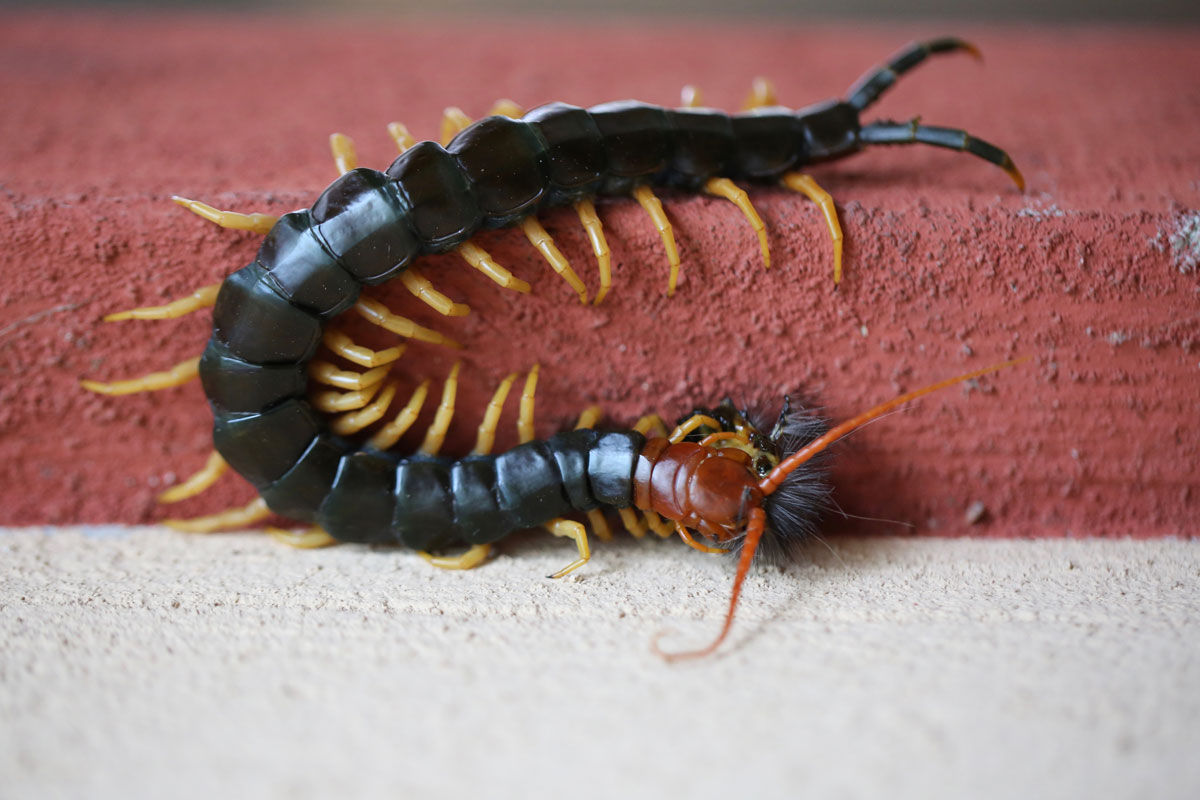
Centipede control is best accomplished through prevention. Preventing centipedes from coming inside is way simpler than getting rid of them.
Control Air Humidity
The likelihood of centipedes entering a building depends on the air humidity levels. Additionally, less indoor humidity reduces the possibility that some roaches will enter homes.
Centipedes cannot endure for an extended period when exposed to dry air. To thrive, they require continual humidity like in tropical climates.
No Traces of Food That Attract Other Pests
You can't draw in centipedes to food remnants. However, those foods are the main draw for silverfish and other bugs, which centipedes love to devour.
It would be best to store food in containers at all times. You should even keep dry foods like flowers, rice, and pasta in airtight containers to prevent pest incursions.
Eliminate Clutter
In addition to bugs and moisture, centipedes enjoy clutter. When you turn on the basement lights, you notice that they hide behind the junk.
Additionally, clutter prevents adequate airflow, trapping humidity. It is essential to eliminate any debris from the basement, including old furniture, worn-out clothing, unused wardrobes, cardboard boxes, and other items that could serve as centipede nesting sites.
Fix Cracks
Centipedes can enter the house with ease through wall fractures. They get access inside through the same gaps that pests exploit to infiltrate the home.
Sprinkle Epsom salt inside the crevices in the walls, or use pesticides to treat them temporarily. To keep centipedes out, you must permanently seal any cracks or gaps, though.
centipede traps
The most effective methods for battling centipedes include sticky traps. Manufacturers create them by applying a sticky substance to a piece of paper or cardboard, which you can put in any basement area to trap centipedes or tuck under furniture to catch them.
Pesticides
It will help only to treat centipedes with no-contact pesticide sprays. For these arthropods, you may consider using pesticides based on cypermethrin.
Brighten The Lighting
We have found out that centipedes favor gloomy environments. Avoiding these arthropods by using a yellow compact fluorescent light would be best. Basements have low to no natural lights, so it would be best to install yellow compact fluorescent lights.
Which species of centipedes typically reside in basements?
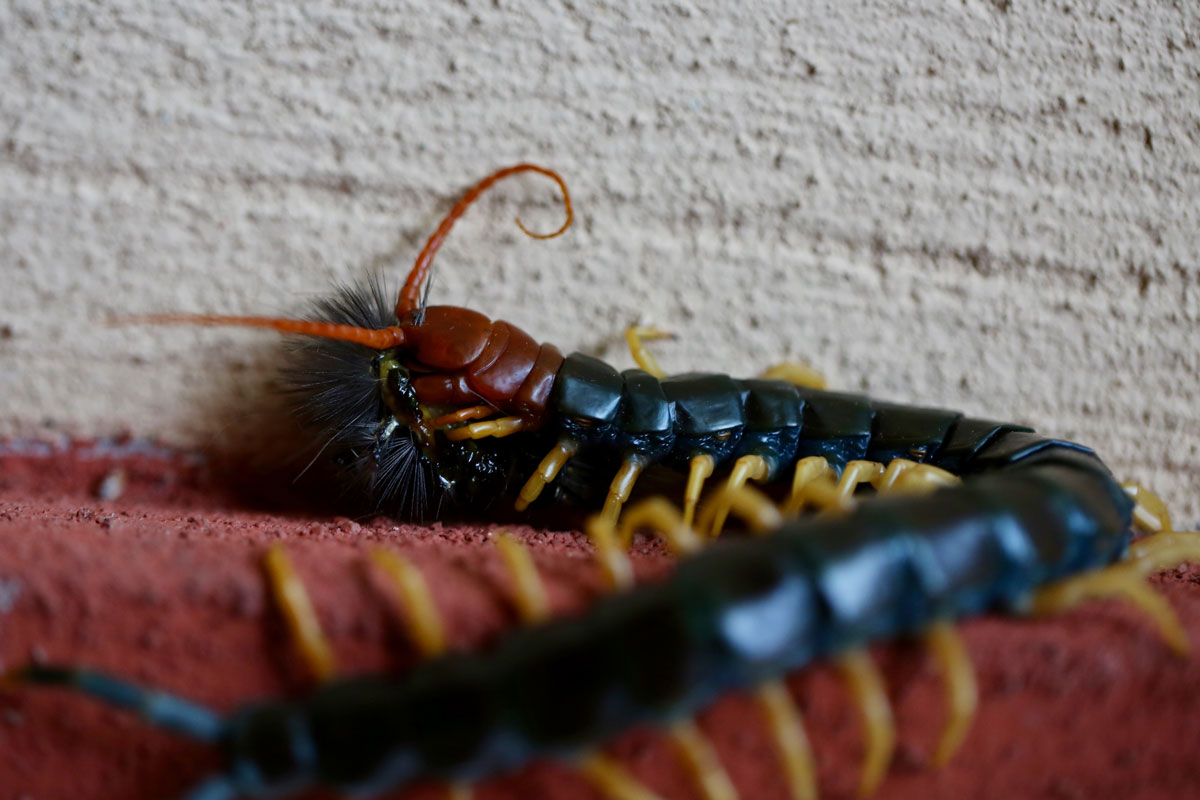
To familiarize yourself with the typical centipedes identified in basements, read the details below:
House Centipedes
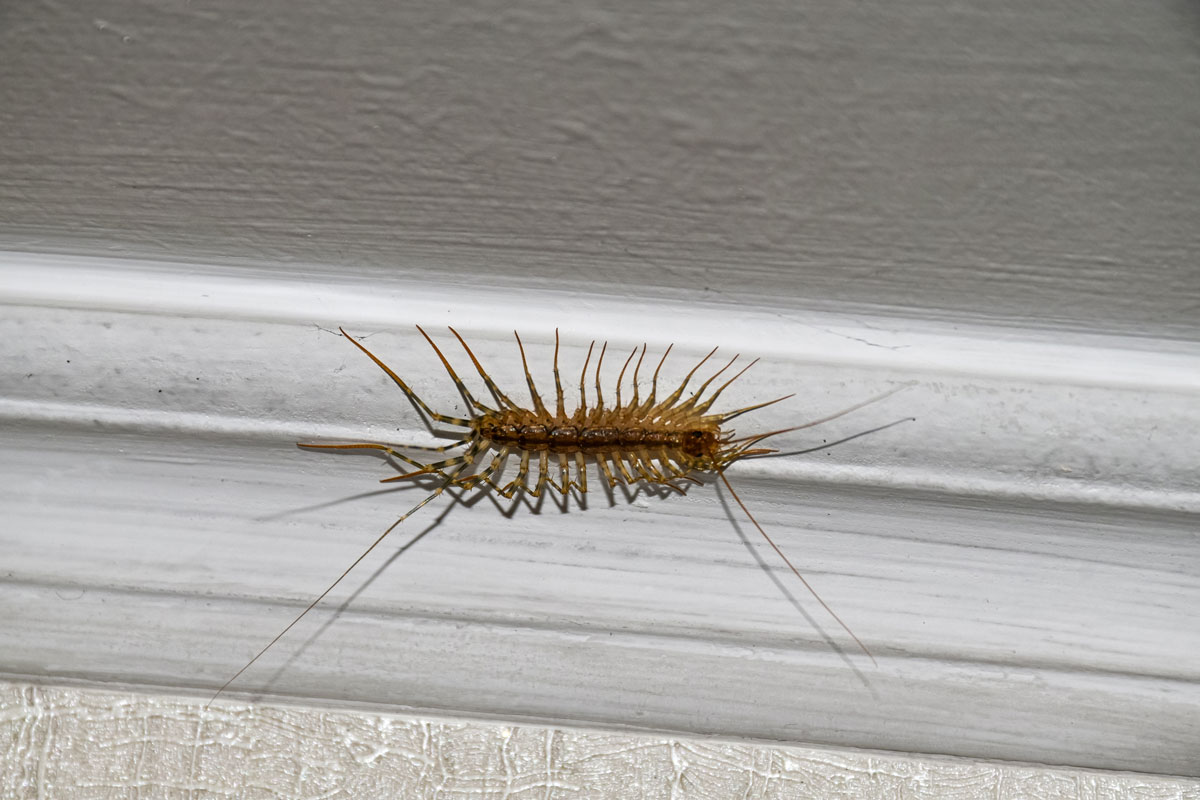
The most prevalent species of centipede in North American dwellings is the house centipede. They have 15 pairs of legs and reach a maximum size of between 25 and 35 millimeters.
These centipedes can dwell indoors, as suggested by their name. They can, however, also reside outdoors. Additionally, the lifespan of a house centipede is not shortened if residing indoors.
Since there is more humidity on the bottom floor and basements, insects like ants, spiders, silverfish, and bed bugs prefer to live there. These are typical food sources for centipedes.
Although these centipedes can bite, they tend to run away when humans spot them. The bathroom is a common location for finding house centipedes because there is even more humidity.
Bark Centipedes
Bark centipedes favor living outside. You can occasionally see them indoors, especially in basements and garages where it tends to their preferences of low illumination and higher humidity.
Bark centipedes are venomous like all centipedes. And they utilize their venom to enslave their victims, such as spiders.
Are Centipedes In The Basement Harmful?
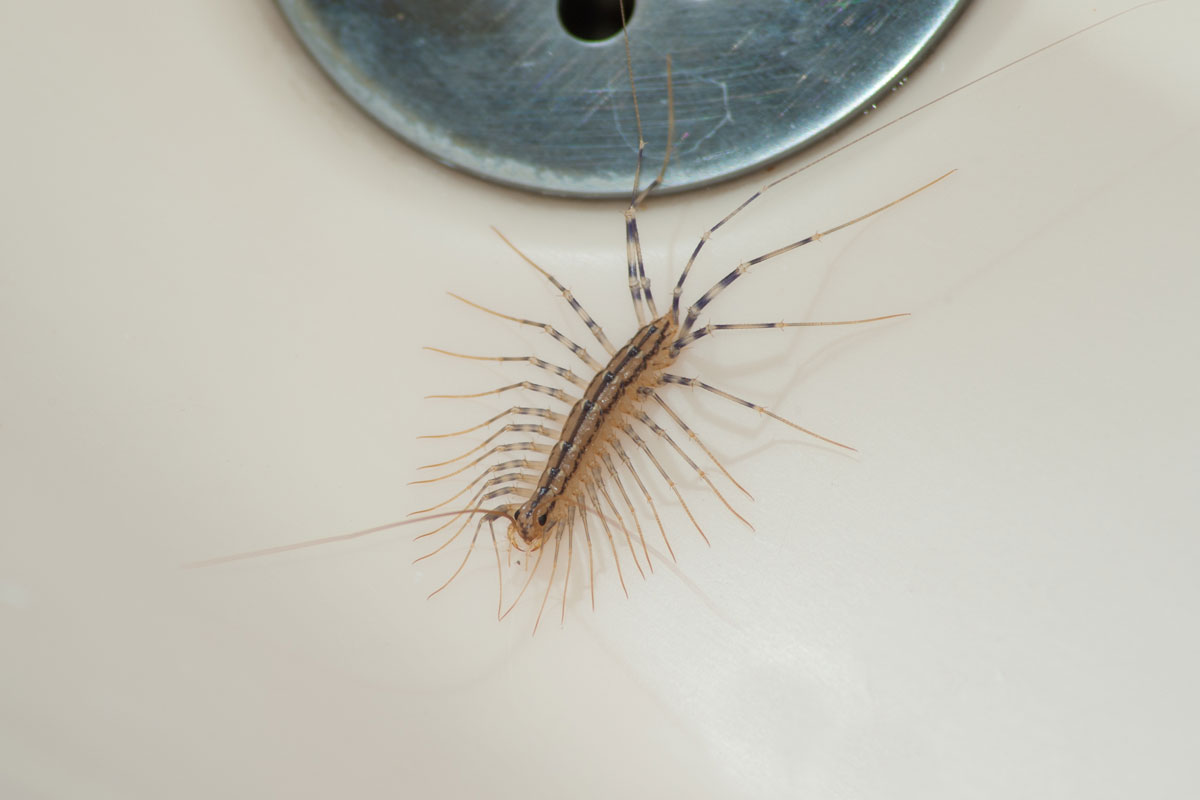
In general, centipedes are not harmful. They cannot puncture human skin, even if they bite. Although bites from these arthropods are highly uncommon, some research suggests they can pierce the baby's fine skin.
In addition, they do not consume flowers and plants as millipedes do; they are also harmless to plants.
Centipedes Cannot Bite
Centipedes can't bite humans. It is a result of their preference for fleeing. Most centipedes hide beneath clothing, boxes, and other items on the basement floor.
These centipedes flee once you pick up the objects to reveal them. Even while you sleep, centipedes rarely bite you.
We've heard of a few biting incidents. However, these are occurrences of severe centipede infestations, which you can typically see in houses with severe cockroach infestations that aren't even habitable.
Centipede Venom Is Not Poisonous
Every centipede is poisonous. To control and subdue a victim, centipedes rely on venom. But you have nothing to worry about since their poison is not dangerous to humans.
However, in the event of a bite, specific moderate reactions can happen.
In the rare instances when this occurs, the symptoms of a centipede bite are apparent. The edema is localized to the biting site. Skin in the bitten spot can become red for up to 48 hours. The discomfort brought on by the bite usually goes away shortly.
What Are The Benefits Of Centipedes?
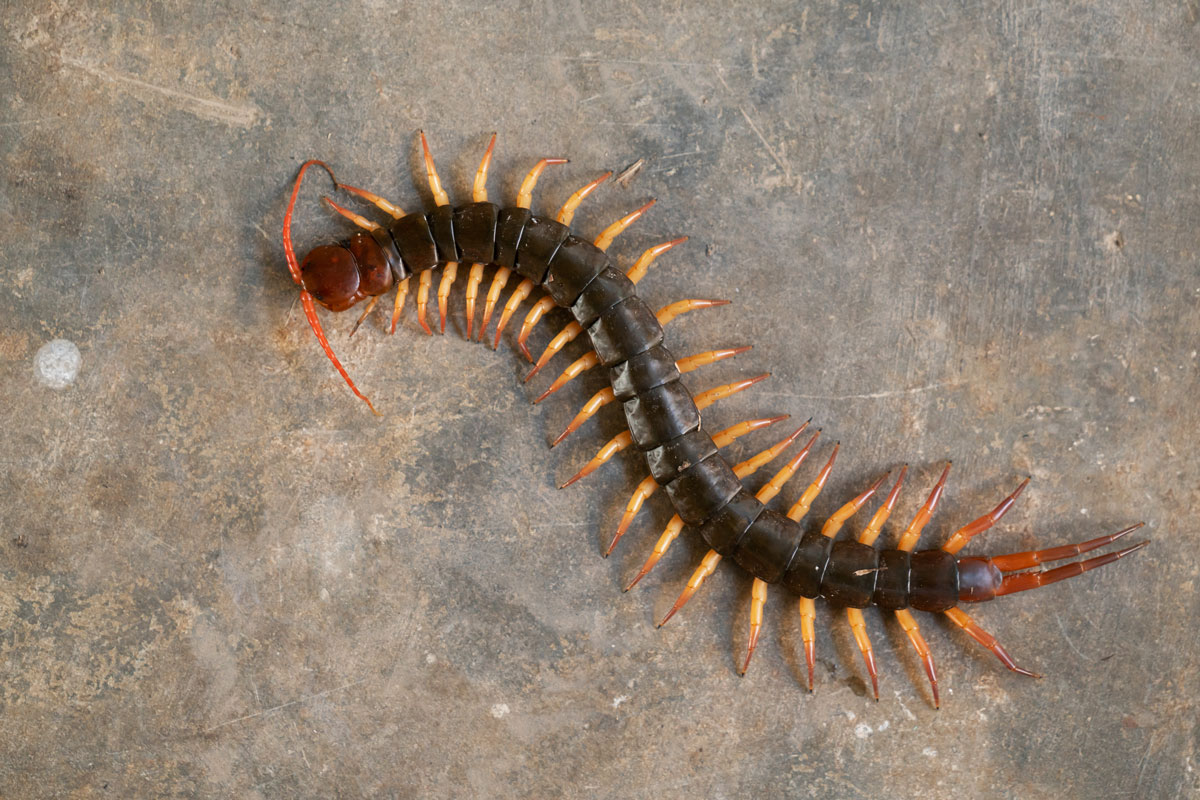
Centipedes are also helpful occasionally. Due to their efforts to eradicate other pests, some people never kill centipedes within the home. Even though they may transmit bacteria, this makes them fairly advantageous.
They might only return indoors to seek shelter in case of low temperatures.
What Are The Signs Of Centipede Infestation
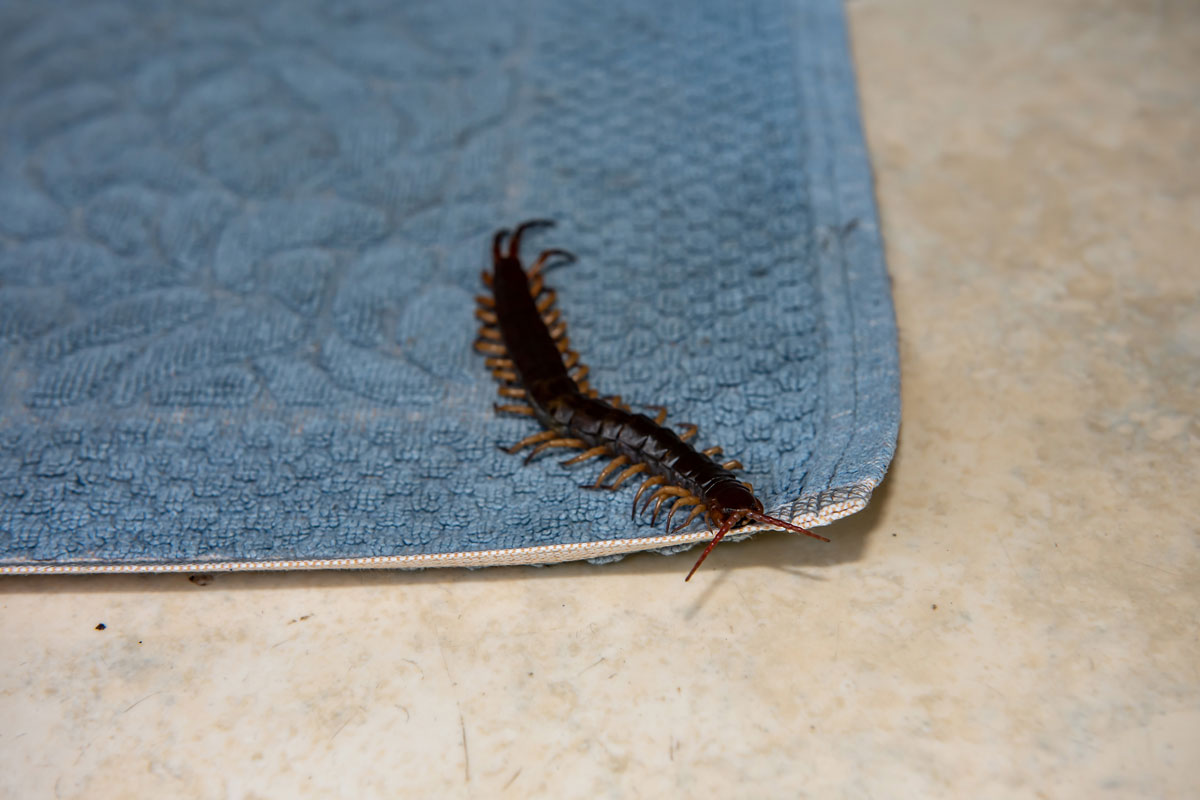
It would be best to handle infestations of centipedes carefully. Although centipedes don't spread disease to the same degree as roaches, they might do so.
Centipedes acquire germs and viruses when passing through areas where spiders and roaches reside. It includes navigating past trash bins and sewers. Because of this, it is advisable to manage and get rid of centipedes from the house.
Spotting Centipedes
Centipede sightings around the house are the first indication of a centipede invasion. Even one centipede should serve as a warning.
In one reproductive cycle, centipedes can lay up to 35 eggs. As a result of reproduction and several reproductive cycles, a single centipede can become a significant problem in the home.
Seeing Other Pests
The presence of other pests like spiders inside the home is a warning that centipedes will soon follow. It would be best not to ignore ants and roaches in the house since they draw centipedes.
The best course of action is to treat all pests the same, make every effort to get rid of them, and ensure that they never return. Centipedes are uncommon in homes without other pests, yet the presence of other pests doesn't guarantee the existence of centipedes.
Wrap It All Up
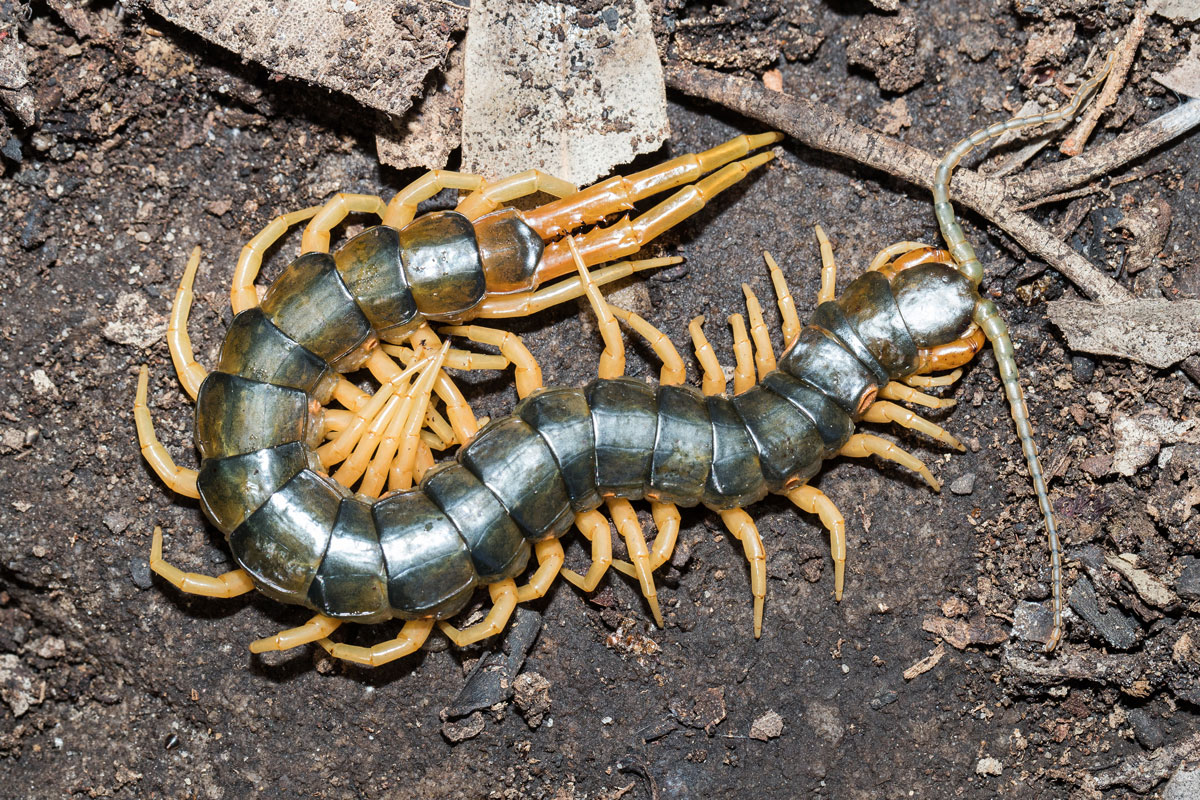
If you notice that there are centipede infestations in your home, it would be best to take action and eliminate them immediately. Eliminating them will also mean killing the other existing pests simultaneously.
We hope you find this post helpful and enjoyable to read. You can check the other articles below for further reading. And if you have additional questions, you can leave a comment below, and we'll get back to you!



